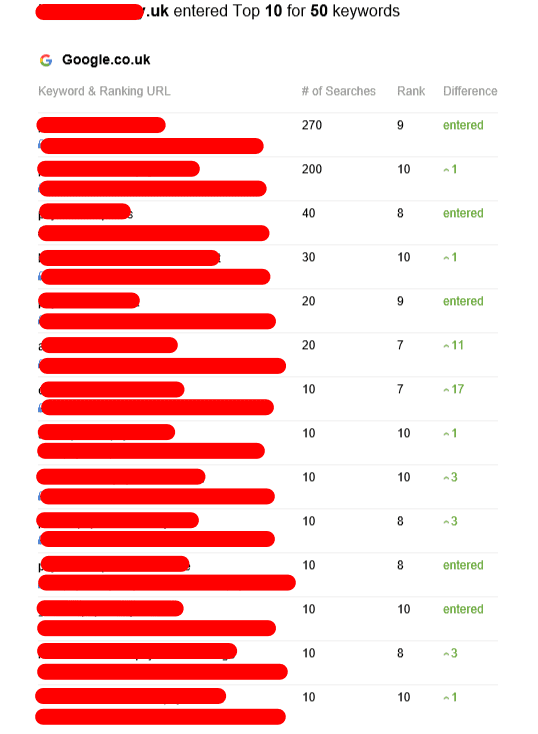The Reasons Tier 2 Backlink Is Everyone's Obsession In 2023

Backlink Tier - The Hierarchy of Backlinks That Scale Your SEO Campaign
Backlink tier is the hierarchy of backlinks that you build to boost your SEO campaign. Each level gives you an extra layer of protection from Google's penalties.
To get it right it will take an enormous amount of effort and time. That's because Google takes weeks to find new backlinks and evaluate their quality on the basis of each link.
First-Tier Links
The first link that will lead to your piece of content should be top-quality dofollow backlinks from trusted websites. These are referred to as Tier 1 backlinks, and they form the basis of your link-building strategy. They will give your website enough domain authority to rank highly on the search engine result pages. For instance, if your blog article was published on HubSpot and also included a tier-one link to SearchEngineLand's compilation of Link Building Statistics then SearchEngineLand’s web rankings will benefit from the link equity that HubSpot passed on.
The second tier could be more diverse and could include low-quality backlinks such as spammy forums or low-quality bookmark sites and directories. However, the main goal with the second tier 2 is to create quality content that links to your first-tier backlinks. This is because quality content will enrich the article it is placed in and not stand out as an addition to SEO purposes.
In order to create an effective tiered campaign, you'll require investment in high-quality materials and tools such as RankerX or GSA. However the time and money that goes into manually performing an effort to build a tiered link could be worth it in terms of the ranking benefits that come from having a well-organized backlink pyramid.
Second-Tier Links
Tiered link building is designed to enable users to navigate through external pages before navigating to your site. It's crucial to choose relevant second-tier backlinks sources that are relevant to both your site and your industry to accomplish this. As opposed to profile profiles for accounts guest blog posts are able to perform very well for this function because they provide valuable content that users want to consume.
You should generally avoid using the tier-2 links on forums or other sites with poor quality. Instead, use high-quality pages that provide industry news or guest articles. These links will appear more natural and will have greater impact on your ranking in search engines. In addition, they're more likely to be recognized by Google as passing link equity, which will boost their value in SERPs.
If you want to increase your SEO rankings You should be aware that obtaining these high-quality hyperlinks manually is a challenge. It can take months to solicit guest blog posts from first-tier publications, and even longer to wait for them to be published. Additionally, it may take weeks to see the outcomes of your efforts when it comes to creating new traffic and online conversions.
Alternatively, many SEOs turn to automated tools to help them create links for second-tier sites. However, this technique can be in violation of Google's Webmaster guidelines and result in a penalty.
Third-Tier Links
This level contains a huge amount of links, many of which are considered to be spammy. They are published on social media platforms and user-generated content websites like Quora. tier 1 link building aid in the indexing of tier two links, but don't give any link equity to the resource being promoted. They are generally nofollow links. At this stage marketers are more concerned about quantity than quality. They make use of tools to post an numerous hyperlinks on forums, in comment sections of blog posts and articles, in directories and other similar locations. In this scenario tiered link building is a gray area and infringes Google's webmaster guidelines.
Link-building campaigns that are categorized require a lot of energy and time to be successful. Google may take months or even days to rank the backlink. It may then take weeks or months for an SEO impact to be evident. Therefore, marketers must be patient and use a well-thought-out strategy for content.
Marketers should be cautious about using too many automated tools for this kind of linking. They could violate the rules of search engine optimization and lead to penalties. It is preferential to manually select links and place them on relevant websites for donors instead of using automated services like GSA or RankerX. This will stop search engines from penalizing you for poor quality links.
Fourth-Tier Links
Tiered link building is still an extremely popular method to increase the rank of websites. However since Google has taken significant steps to stop "black white hat" SEO practices, tiered linking techniques have suffered a blow.
This is due to the fact that they are considered to be a gray area in the SEO world, and may be penalized if used artificially. Tiered links are backlinks that are constructed on different levels of a link pyramid. These backlinks are primarily used to boost a resource's ranking in search engine results. The page promoted will rank higher than its competitors and will get more organic traffic.
The quality of the backlinks in this tier goes an eminent decline and are typically nofollow. This tier may also include low-quality directories, article networks, and social media profiles. These links can be generated naturally or with intelligent automation tools, but they must remain diversified in terms of the domains as well as the niches and their relevance.
In addition to their low-quality, nofollow character, these backlinks can cause problems if not sufficiently diverse. This is due to the fact that Google has a sophisticated group of hound dogs who are always looking for patterns in backlink profiles as well as techniques. If they find them, not only could the link-building team get penalized, but also its customers.

